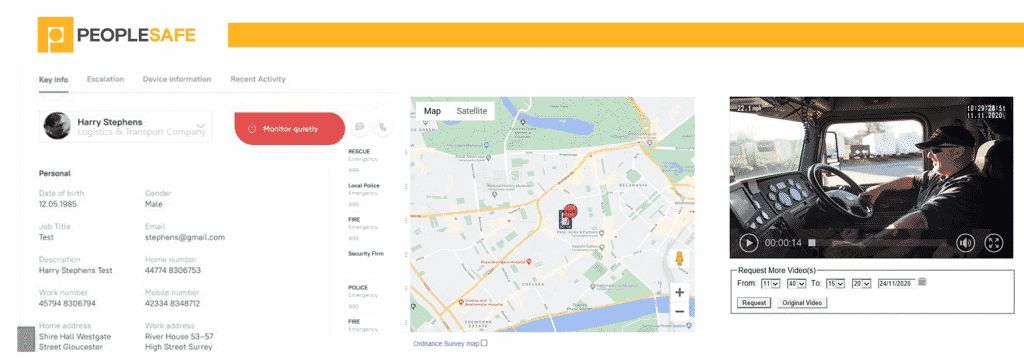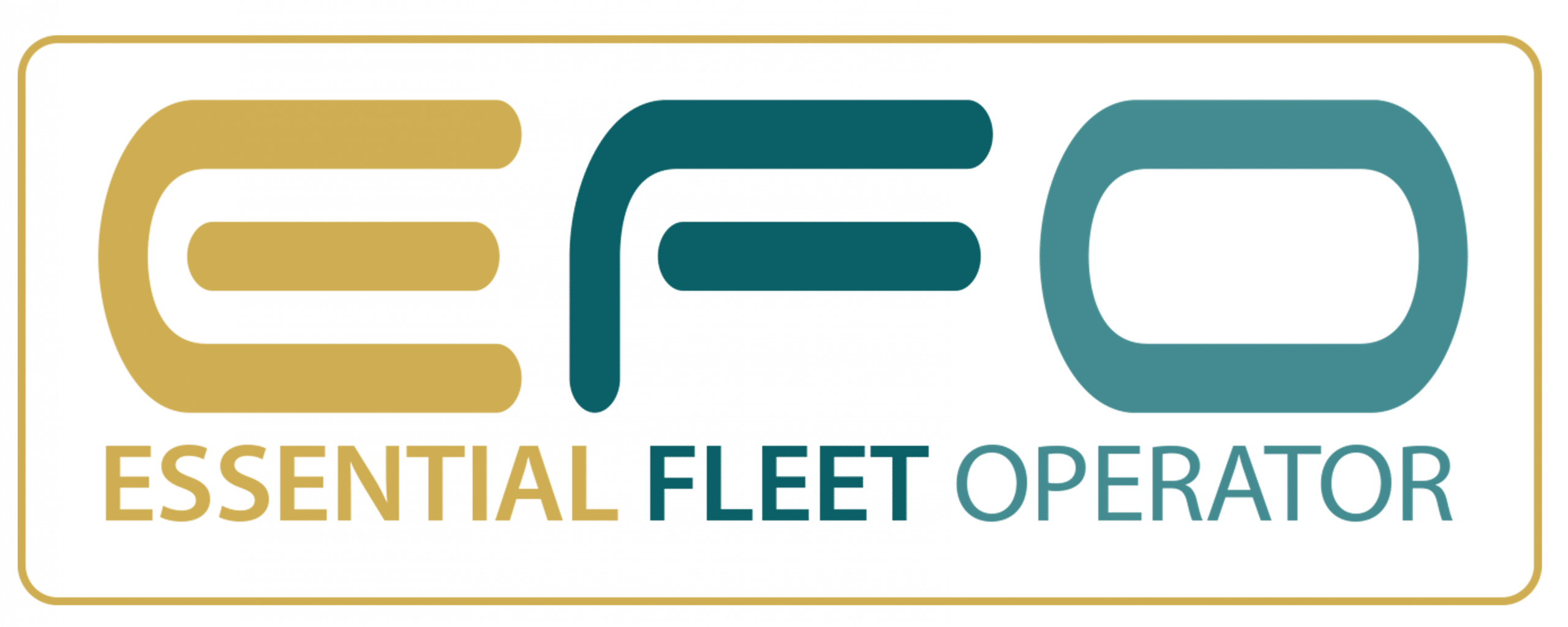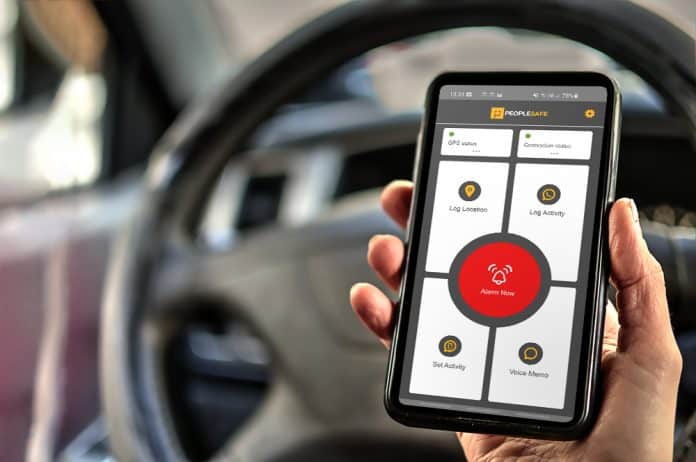Q&A with Naz Dossa, CEO of Peoplesafe
There are many thousands of drivers in the UK, operating alone who face considerable dangers every day, so essential fleets increasingly need to consider employee protection alongside that of their vehicles, cargo and equipment. With many organisations increasingly concerned about their remote and unsupervised employees, Essential Fleet Operator spoke with Naz Dossa, CEO of Peoplesafe to discuss the latest developments in lone worker protection.

Why does a fleet need a personal safety solution if they have telematics?
While the use of vehicle tracking and connected cameras to monitor driver welfare inside the vehicle is now widespread, what this telematics technology does not focus on are the many risks outside of the vehicle. Personal safety solutions, in contrast, allow a lone worker to call for assistance in or out of the vehicle, so offer an added layer of protection that can be used alongside other existing fleet systems.
There is a substantial amount of statistical and anecdotal evidence that points to a greater need than ever for driver safety, with many organisations increasingly concerned about their remote and unsupervised employees. Our own research that surveyed almost 600 drivers found that a fifth had at some point been physically attacked and over a third had felt at risk while working.
What risks do drivers face?
The Health & Safety Executive (HSE) estimates that around a third of traffic collisions in the UK involve someone at work. There are also added risks for those working at the roadside according to figures from the DfT, which claims there are 24 collisions involving parked vehicles every week on motorways or main roads, with a fifth resulting in death or serious injury. However, this is only one part of risk that fleet drivers must contend with, because a greater number of incidents occur when they are outside the cab.
Highjackings, assaults and roadside incidents are just some of the threats when exiting the vehicle, with opportunistic thieves increasingly targeting vans with high-value loads such as equipment and tools. Meanwhile accidents – such as slips, trips and falls – and other medical emergencies during the working day remain a constant threat to their wellbeing.
We recently were able to come to the aid of one driver who suffered a heart attack, while another was able to request support when injured by their vehicle load. The controllers who answered the alarms in both cases called for emergency assistance and remained in constant contact with them until help arrived.
What is the best advice you can give?
There is a wide range of handheld gadgets, fobs and apps to choose from. Advances in mobile technology are making it possible to turn any smartphone or tablet into an effective personal safety device via a lone worker app. However, understanding the exact risks faced by drivers is crucial – based on the environment they work in and the tasks they undertake – so you select the most suitable option for your fleet.
Having the processes in place that are designed to effectively respond to an emergency is equally important when adopting a personal safety solution across a team of drivers. A managed service makes certain that any activated SOS is immediately monitored by trained staff at a 24/7 alarm receiving centre (ARC) and acted upon, with the level of threat and next steps quickly determined. Such a hub, should be at the heart of any lone worker solution, providing peace of mind that support is always on hand.

What developments can we expect with lone worker protection?
With the advent of Internet of Things (IoT) there is now a huge opportunity to bring together complementary systems to better protect lone drivers. Personal safety solutions will increasingly be integrated with other apps, systems and tools such as vehicle tracking, video telematics, driver behaviour monitoring and workforce management. The added connectivity and seamless sharing of data will mean fleet operations can gain ever greater levels of visibility, control and insight.
For example, Peoplesafe recently entered into a strategic partnership with SureCam to launch an industry-first, video-enabled lone worker solution for the fleet marketplace. The integrated service allows footage direct from one or more cameras fitted on a vehicle to be viewed by an ARC controller in the event of an alarm being raised via our personal safety app, providing added insight into what has occurred. This is all part of our commitment to develop fleet solutions that provide optimum protection to drivers in and out of their vehicles.
Tell me something interesting about Peoplesafe?
Peoplesafe is the market-leading lone worker specialist. We are industry pioneers, creating the first fob-style device that is now commonplace in the marketplace; integrating our service with What3Words; and having a BS 8484 accredited lone worker app. We are committed to technological innovation, so we can continue to develop and provide solutions that keep people safe.
For more information visit: https://peoplesafe.co.uk




